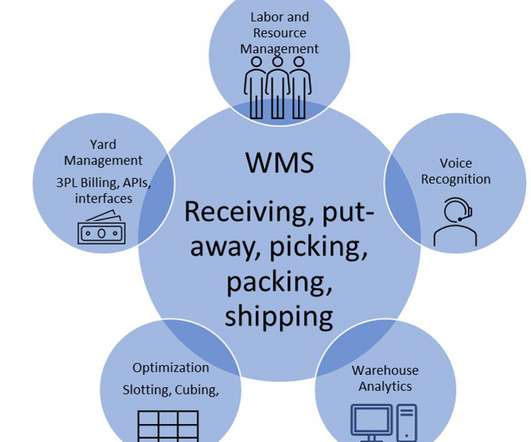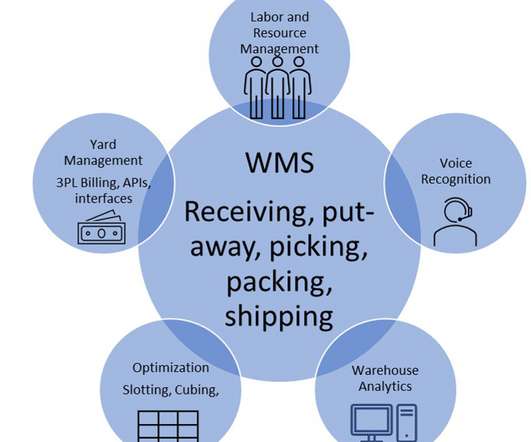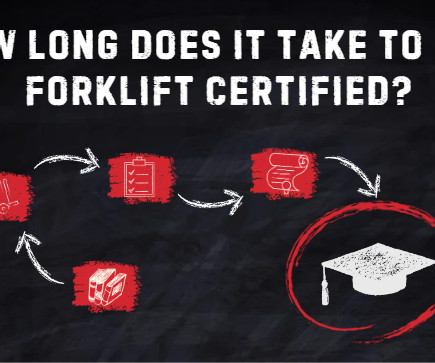Advanced Matrix Applications in Supply Chains
Log-hub
FEBRUARY 12, 2025
Read More Automation: Driving Efficiency with Matrices Automation: Driving Efficiency with Matrices Automation, powered by matrix-based models, enables smooth-running supply chain operations. By analyzing past data, matrix-driven models detect trends that help supply chain managers make proactive adjustments.



























Let's personalize your content